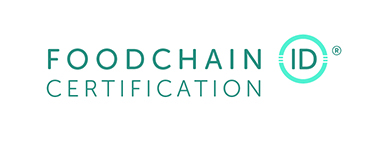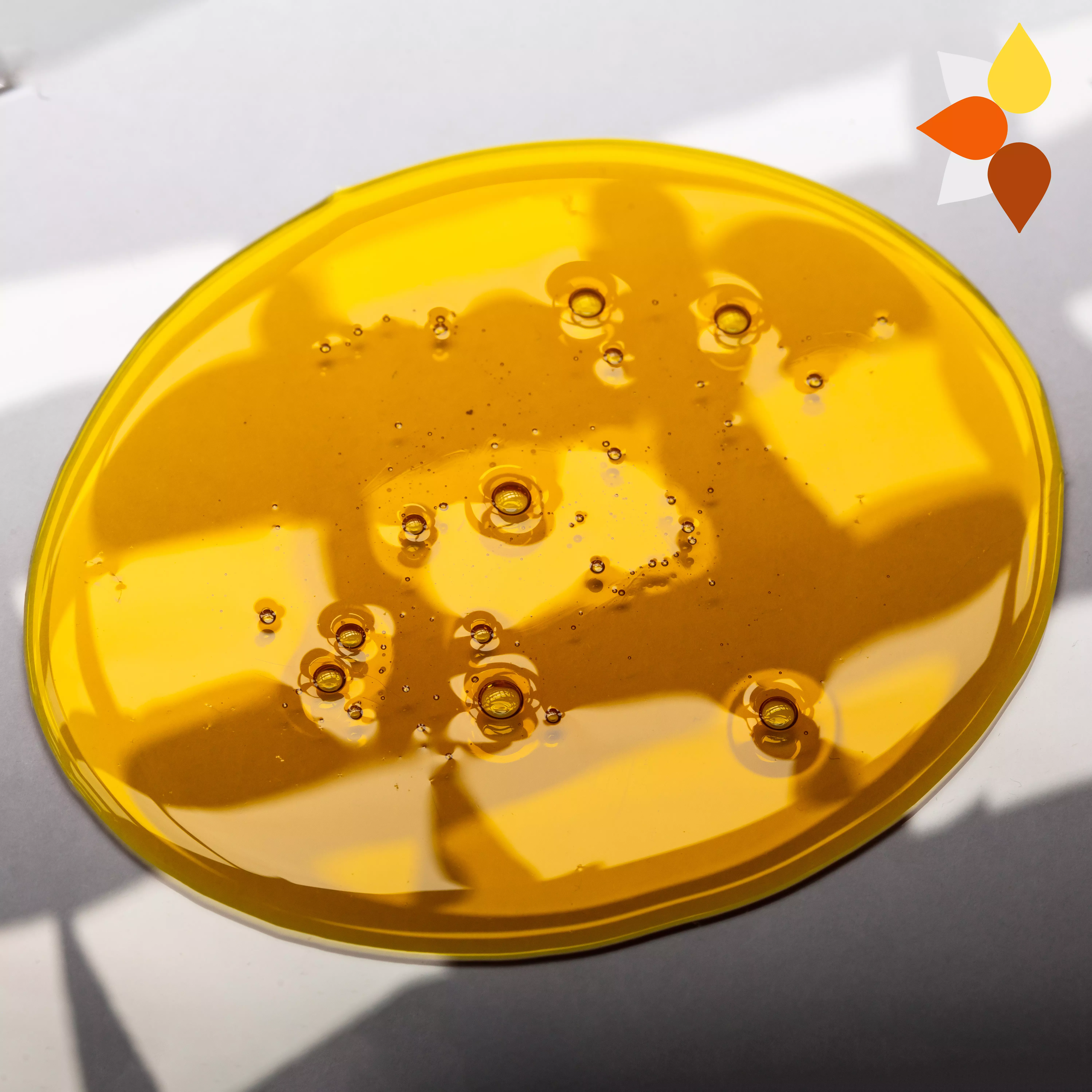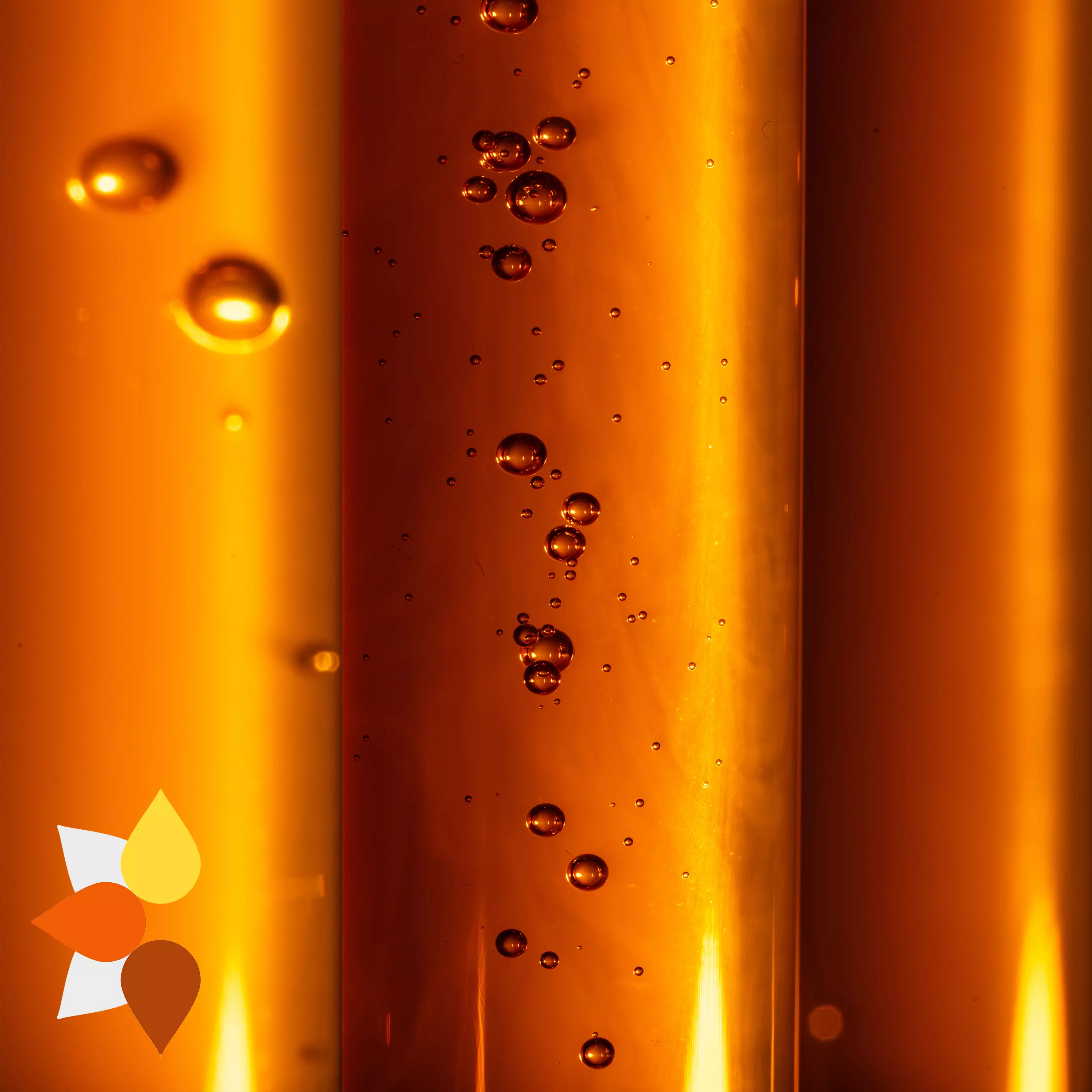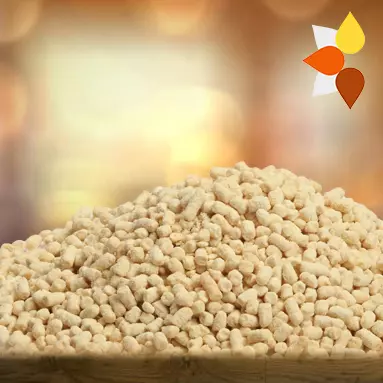Catalogue
NON-GMO Lecithin

Where did GMO products come from?
Humans have long ago begun to notice that some signs appear in similar organisms in different ways. They noticed some plants or animals in nature that possessed the needed properties, and artificially raised them on their farms. For crossing and obtaining offspring, they chose the strongest or the most delicious - thus, they chose organisms with a specific genotype. This is how selection appeared. Humanity for a very long time did not know about the genes that determine the manifestation of certain properties, but it continued to cross, choose, cross again and notice the patterns of manifestation of certain characteristics. Traditional breeding is a long, laborious process, and many people spend years and years to create one plant or animal breed, and often a new variety is only marginally superior in quality to previous varieties.
With the development of genetics and molecular biology, it became possible to make the process of creating new varieties more efficient. The study of DNA, the work of genes, their structure and functions allowed us to find out which genes could control the manifestation of interesting features. Using genetic engineering techniques the scientists have learned to manipulate with some of them.
WHAT IS GENETIC ENGINEERING?
And why is it not so harmless?
Genetically modified plants.
The transfer of the genetic construction into bacteria is not difficult - treated using a special technology, the bacteria themselves absorb it from the environment.
The integration of the structure into plants is carried out using the so-called agrobacteria. In the wild, these bacteria infect plants, causing tumor growth in them. At the same time, agrobacteria transfer their genes into plant DNA, which regulates this tumor growth. To create a genetically modified plant, molecular biologists use a special strain - instead of the tumor genes, Agrobacteria transfer genes which are necessary for the scientist into the plant cell.
The resulting transgenic plant is grown first in the laboratory, then on experimental plots, and then, after a series of mandatory safety tests lasting for several years, it can be recommended for release on the market.
In genetic engineering, they take the gene from an animal, plant, bacteria, or virus, and implant that with a "gene gun" in a natural strand of soy DNA for example. It is like genetic surgery. For instance, the genetically engineered soybean that is on the market has a foreign gene from a bacterium, another foreign gene from a virus; and other foreign genes which are inserted. When they shoot a foreign gene into the DNA, they can’t predict where it is going to land:
● The foreign gene may be implanted between two other genes and it doesn't interfere with the functioning of the gene.
● When the foreign gene is implanted, it may break up a gene that is already present, and there is no way of predicting the side effects.

Genetically modified foods…
Recently, the topic of genetically modified (GM) foods is gaining more and more popularity. The consumer is interested to know what it is and whether GM foods are harmful or beneficial to their health. Usually short and uninformative reviews only confuse the reader and create a rather difficult picture of what is happening - unfortunately, newspaper publications are not always accurate in analyzing scientific data. Basic information comes mainly from leaders of public organizations or environmental groups, who willingly and easily express their point of view, but differ in their extremely aggressive position on all issues related to GM products, showing a high degree of incompetence and lack of professionalism.
Before the FDA (Food Drug Administration) decided to allow GMOs into food without labeling, FDA scientists had repeatedly warned that GM foods can create unpredictable, hard-to-detect side effects, including allergies, toxins, new diseases, and nutritional problems. They urged long-term safety studies, but were ignored. Unlike safety evaluations for drugs, there are no human clinical trials of GM foods. The only published human feeding experiment revealed that the genetic material inserted into GM soy transfers into bacteria living inside our intestines and continues to function. This means that long after we stop eating GM foods, we may still have their GM proteins produced continuously inside us.
This could mean:
● If the antibiotic gene inserted into most GM crops were to transfer, it could create super diseases, resistant to antibiotics;
● If the gene that creates Bt-toxin in GM corn were to transfer, it might turn our intestinal bacteria into living pesticide factories;
● In England, there has been a 50% increase in allergies to soy beans since genetically engineered soy beans came on the market;
You can count on NON-GMO lecithin by LECITAL
In order to avoid the slightest risk of contamination, our company has long and deeply studied the issue and offers the highest quality NON GMO lecithin. We had learned that there are many shades of GMO in relation to the lecithin world. Some companies distinguish Identity Preserved lecithin and Non Gmo lecithin. Some companies have made a business out of thorough filtering of lecithin in order to fool the testing labs; this lecithin is traded as PCR negative. You can rely on our expertise in this matter in order to help you navigate in these muddy genetic modification waters of the lecithin world, and to always tell you the truth about the Lecital lecithin products you are interested in.
At this point we understand that the origin of the soybean has the outmost effect on the possible GM risks. Our NonGM line of lecithin products, is scrupulously handpicked to eliminate the possibility of contamination. As a company that always upholds the ethical principles of trade, LECITAL subjects its soy lecithin range to be regularly tested in the internal and externa laboratories, which eliminates possible risks that would question the purity of the product. We are in cooperation with Foodchain ID to ensure that the strictest NonGM practices are upheld in order to protect our customers from all GM risks.
Here you can view Our NonGM line of lecithin products

















